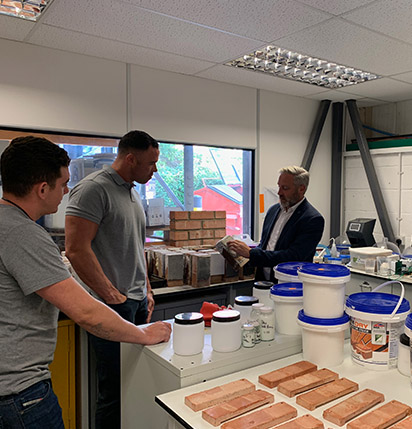When soil presses against a wall that is cracked or made from porous materials, groundwater can seep through and saturate the wall, causing lateral damp.
You’ve probably seen lateral damp on a small scale when a flower bed is attached to an external wall. This wall will usually have a wet patch surrounding the flower bed caused by moisture being absorbed from the soil, which is exactly what happens when soil beneath the ground rests against the wall of a building.
Soil becomes wetter the lower you dig down, so the risk of lateral damp is increased in deep cellars and basements. Some areas have a higher water level in the soil than others, such as Fulham, Putney and Richmond, due to their proximity to the thames.
Buildings on sloped ground are also more vulnerable, as the slow flow of groundwater downhill puts additional pressure on any walls in the way.
But it’s not only underground floors that are affected. Soil rises over time, exposing groundwater to walls not originally built to withstand lateral damp.
In such cases, in addition to treating the damp, it’s worth excavating excess soil build up to stop the problem reoccurring.


